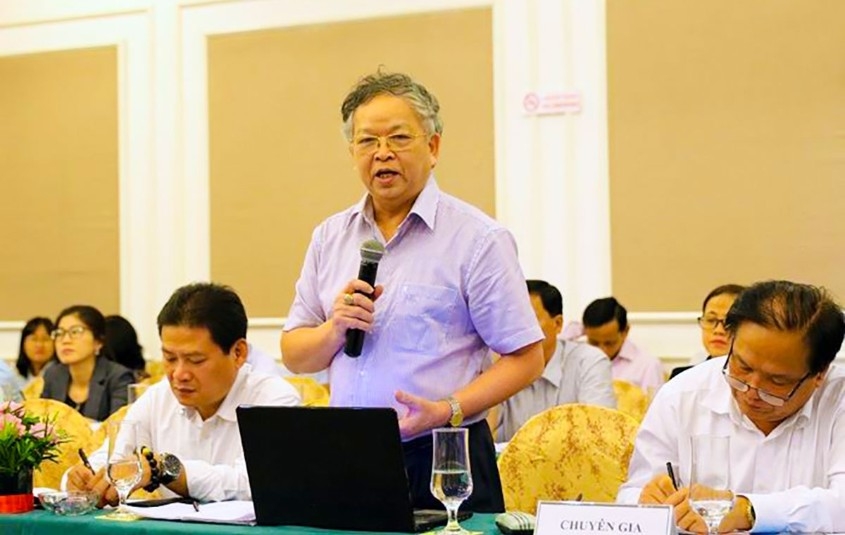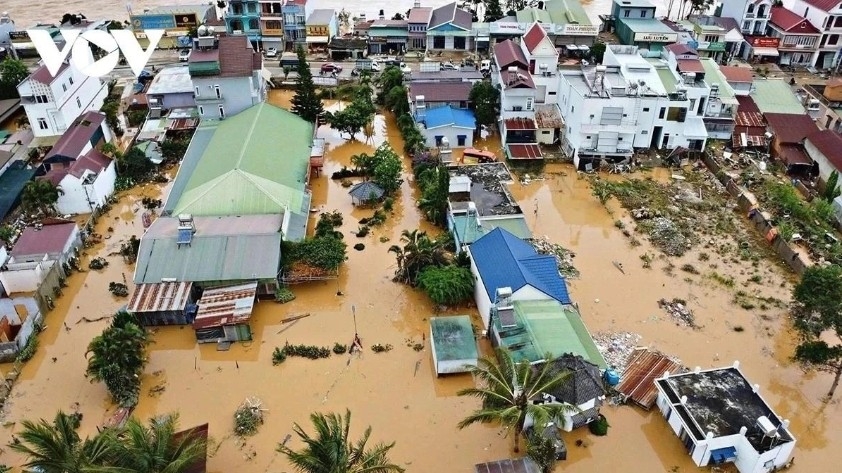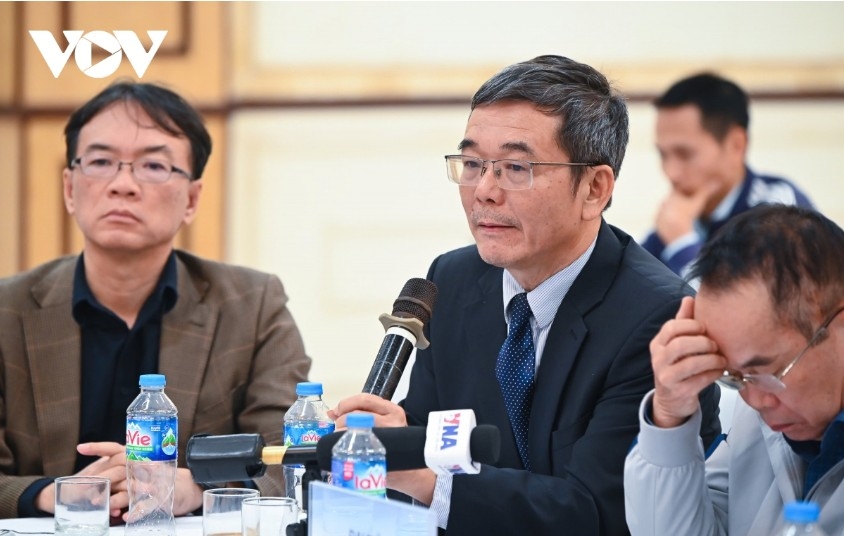“Everyone may be right, but damage still occurs”: Vietnam floods highlight human factors
VOV.VN - Experts stress that flood management is not the responsibility of a single sector and advocate for an integrated operations center combining meteorology, hydrology, urban planning, transportation, and agriculture data.

Dr. To Van Truong, an independent environmental and water resources expert, assessed recent severe floods in Central Vietnam, noting that while the trend of increasing extreme rainfall is undeniable, damage in many localities is not solely due to natural hazards.
Human factors such as deforestation, filling ponds, encroaching riverbeds, over-concretization, inflexible reservoir operations, and outdated drainage systems significantly exacerbate flooding. He underlined the need to quantify the contributions of natural and human causes in each flood. Although exact numbers are difficult, assessing them is essential to devise practical solutions, particularly to address human factors that can be actively managed using current scientific and technological modeling.
Dr. Truong suggested Vietnam could draw lessons from international experience. In the Netherlands, large areas below sea level are protected by dikes, sluices, and multi-purpose reservoirs, with planning guided by climate change scenarios and the principle of “room for water,” removing structures that encroach on riverbeds.

Japan relies on regulated canals, multi-purpose reservoirs, early warning systems, and strict evacuation procedures. Singapore manages water holistically, integrating rainwater, surface water, and reuse, supported by modern drainage infrastructure and continuous monitoring.
China applies “sponge city” models that combine technical and natural solutions, including retention basins, open drainage, and vegetation, reducing flooding by 30-40%.
He stressed that scientific management, smart urban planning, adaptive infrastructure, and strict enforcement can substantially reduce risk.
Cities must adapt to, shifting from a mindset of controlling floods to living with water. Urban areas need retention basins, temporary storage for lowlands, open and continuous waterways, and natural-technical solutions like those seen in China’s sponge cities or the Republic of Korea (RoK)’s living rivers.

Protecting and restoring upstream forests, maintaining up-to-date flood maps, preventing river encroachment, regulating groundwater to reduce subsidence, modernizing meteorological and hydrological forecasts, and operating reservoirs flexibly based on real-time scenarios are all essential.
Dr. Truong emphasized the need for a single integrated command center-one map, one dataset, one control, to avoid overlapping authority and fragmented management.
Dr. Nguyen Quoc Dung, Vice President of Vietnam’s Association for Large Dams and Water Development, observed that while natural hazards are unavoidable, current operational procedures and advisory systems remain inadequate, leading to the paradox that “everyone may follow procedures correctly, but floods still come and damage occurs.”
He noted that reservoir operators may follow protocols and disaster management authorities issue orders, yet procedures are human-made and lack real-time advisory expertise. In basins with multiple reservoirs, flood regulation becomes extremely complex.
Most provinces rely on Agriculture or Industry Departments without hydrology or modeling experts, and meteorological agencies can forecast rainfall but cannot predict flood arrival, volume, or optimal release schedules.
Dr. Dung proposed a new governance model that includes establishing local hydrology offices or hiring independent advisory services to ensure flood decisions rely on scientific modeling rather than intuition. He emphasized that “buying flood storage” could resolve conflicts between power generation and flood control.
If early release is required but rainfall does not materialize, hydropower output is lost, and penalties may apply. A disaster prevention fund should compensate for lost generation. This approach, proposed over a decade ago, is now an urgent necessity.
Despite updates to regulations from 740/2019 to 922/2025 following the Thac Ba dam incident, decision-making remains largely preliminary and does not integrate downstream flood maps, which are standard in many countries.
Of the more than 30 reservoirs under the Ministry of Industry and local authorities, none have dedicated advisory teams, scenario-based flood modeling, or real-time operational data.
Dr. Dung warned that when reservoirs are near capacity, sudden extreme rainfall leaves authorities reactive. Experience alone cannot manage floods; Vietnam needs a modern, long-term operational system with provincial advisory bodies or contracted modeling services, flood storage policies balancing hydropower and safety, and real-time digital, AI-based modeling.
While natural hazards are unavoidable, losses depend on how relevant agencies respond, making a more scientific, proactive, and humane approach to reservoir management imperative.



